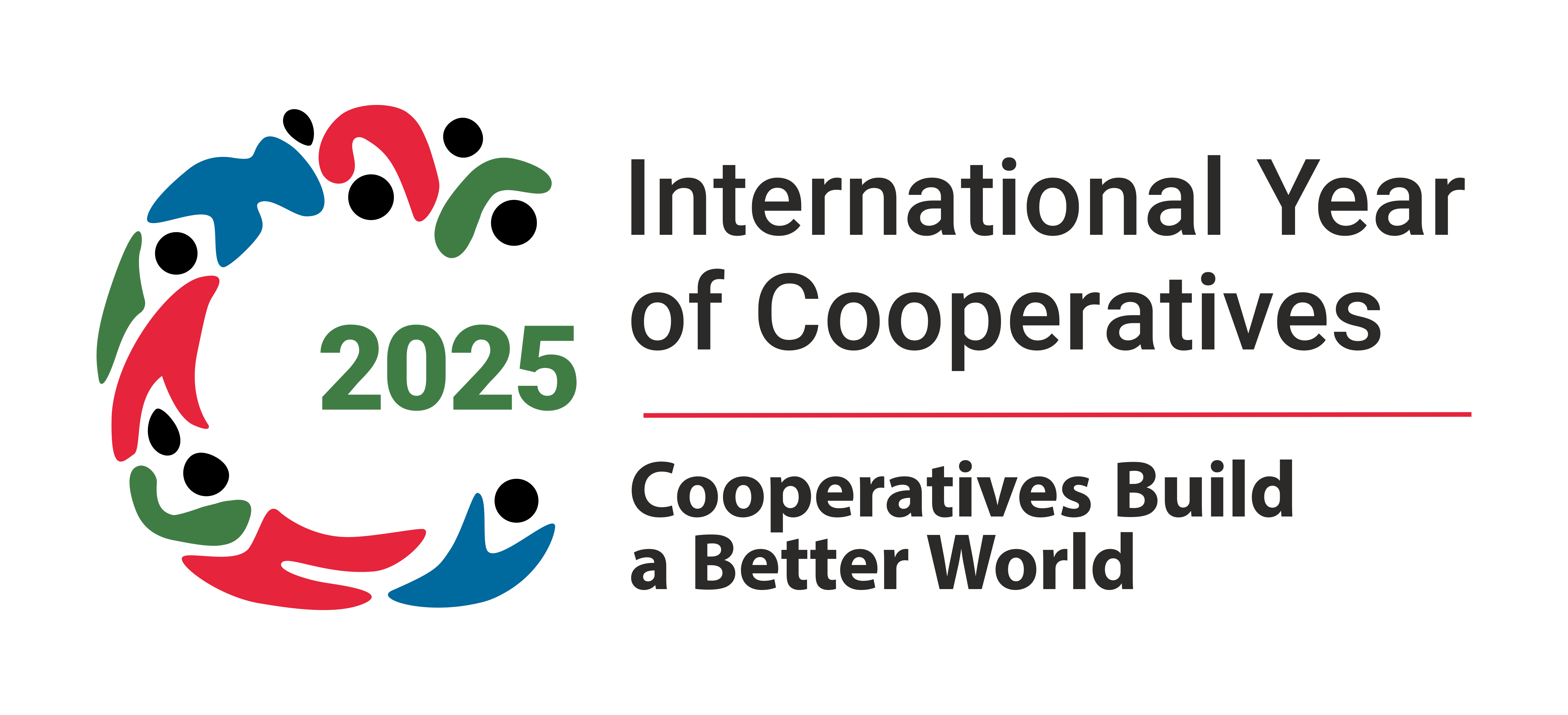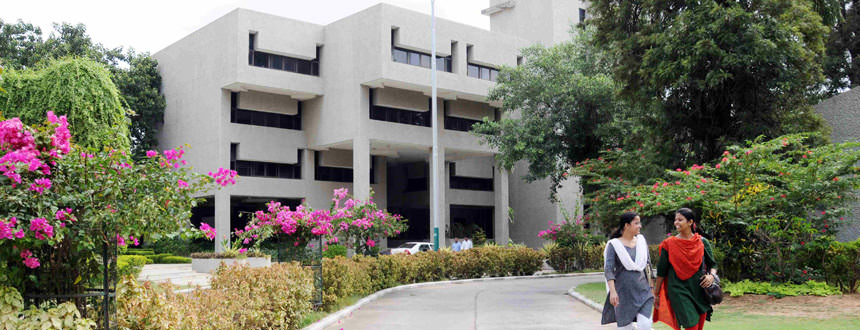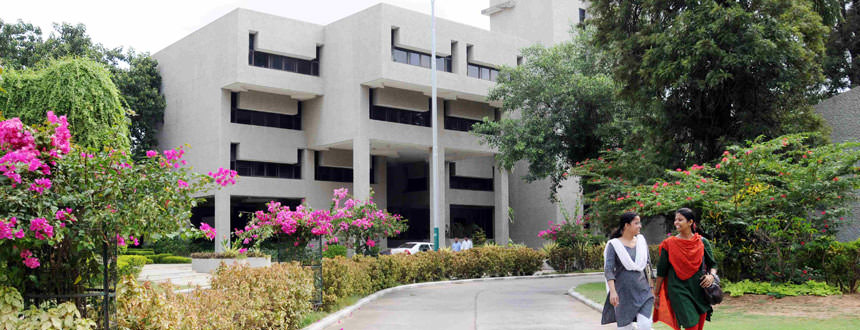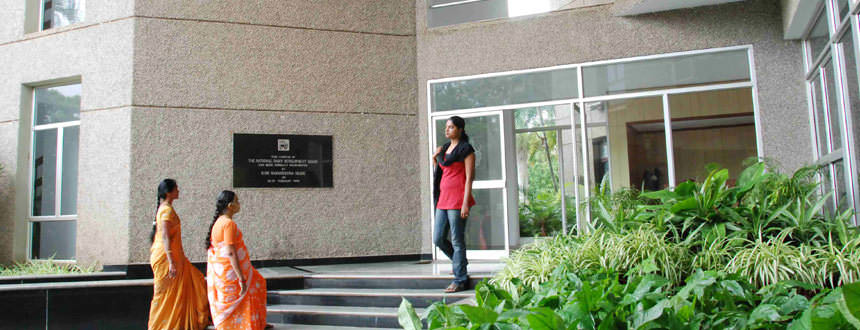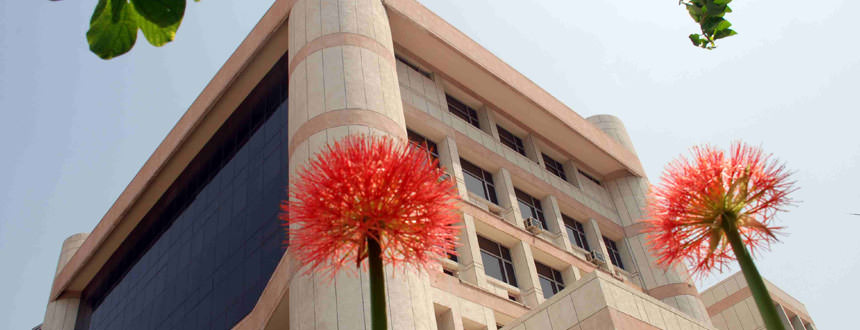Welcome and Introductory Address by Shri Dilip Rath, Chairman, NDDB at National Workshop on “Sustaining the efforts of Milk Fortification in India” -7th June, 2019, Anand
I welcome all the participants at this daylong workshop on “Sustaining the efforts of Milk Fortification in India”.
I am especially grateful to Mr Edward Bresnyan, Senior Agricultural Economist, The World Bank, Mr Madhusudan Rao and Dr Rajan Sankar from the Tata Trusts – the two organisations who have partnered with NDDB to implement this noble Milk Fortification project in India.
I thank all the representatives of FSSAI, Milk Federations and Milk Producer Companies. It is encouraging to see such a large participation by all concerned stakeholders associated with this project, especially at peak of summer. This is a testimony of our collective commitment towards providing healthy and nutrient rich milk to the consumers.
I would like to mention that Rita Teaotiaji was supposed to attend this event as Chief Guest, but unfortunately, could not make it due to World Food Safety Day event in Delhi today. She told me that she will miss the event very much as the subject of Fortification is very close to her heart.
As far as NDDB is concerned, we are proud to be associated with this great initiative in partnership with the World Bank and Tata Trusts, which will have far reaching beneficial impact on public health and well-being. As regards the objective of this workshop today, it is primarily to take stock of this noble Milk Fortification initiative/campaign we started two years back and to provide a platform to share our achievements, to deliberate over challenges and lessons learned by reviewing our success in not only milk, but also in the context of overall food fortification programme and examining the factors which drive their reach, impact and sustainability.
While on the subject of Milk Fortification, let me speak a few words about milk situation in our country first. India continues to be the largest producer and consumer of milk. As regards production, we are going @ 6 per cent plus since the last 5 years. Due share of credit goes to NDP-I which NDDB implemented over the last seven years. So, we will continue our march towards maintaining self-sufficiency in milk. In 2012 when the NDP-I was launched, our milk production was 128 million tonnes and in 2017-18 it is 176 million tonnes and our per capita availability has grown from 290 g. to 375 g. /day. No mean achievement. Two issues: per capita availability – not available to all; milk is deficient in micro nutrients and vitamins which are essential for growth of body and mind. So although we are doing fine with overall milk and protein security, we cannot claim to be secure from the nutrition point of view. Yet it is ironical that 185 million people in India remain malnourished and do not get enough nutrients. This hidden hunger affects the children most as 70 per cent are Vitamin D deficient and 57 per cent are Vitamin A deficient. We can say that micro nutrient malnourishment is the major cause of a silent epidemic in India.
As per National Family Health Survey-4 data, among children under 5 years in India, 38.4 per cent are stunted, 21 per cent are wasted and 35.7 per cent are underweight. Micronutrient deficiencies such as iron, folic acid, Vitamin B12, zinc and Vitamin D are very prevalent and have overwhelming impact over the public health and economic productivity of the nation. Thus, awareness on the importance of intake of essential micronutrients and eliminating micronutrient malnutrition is inevitable to improve the overall health of the masses as well as to sustain economic growth and national development.
Fortunately, we have one of the most powerful solutions to combat this challenge at our disposal which is food fortification.
Milk is a great vehicle to provide Vitamin A and D. And talking about milk fortification, milk in India, with its high volume of production, widespread distribution network, affordability and all around acceptability in the daily food habit has emerged as the best vehicle for fortification.
Milk fortification is also highly affordable and cost effective, as it costs less than 2 to 3 paisa per litre. It is surprising that despite all these positive advantages, why milk in the country was not being fortified. Way back in 1984 milk fortification in India had been pioneered by Mother Dairy followed by milk federations of Punjab and Rajasthan. Now with the SAFANSI Milk Fortification project, 25 more dairy cooperatives across 20 States of India have joined this league.
The major implementing milk federations are Karnataka, Bihar, Kerala, Uttar Pradesh, Haryana, Madhya Pradesh etc., with current level fortification exceeding 55 lakh litres per day.
Of the total fortifiable packed milk being sold in the country, 220 lakh litres per day of milk is being sold by cooperatives. I am happy to say that about 60 per cent of this volume is already fortified.
I would like to congratulate each and every stakeholder, World Bank, Tata Trusts, FSSAI, NDDB Milk fortification team and all our implementing milk federations, Producer companies and Unions who are involved directly or indirectly in this battle against the silent epidemic caused by micronutrient malnutrition. But the moment for celebration is yet to come. We all have to firmly pledge to diligently put in sustainable efforts for producing long lasting impact by ensuring real nutritional security, apart from food and protein security.
Surprising and unfortunately, there are certain apprehensions based on misconceptions amongst milk cooperatives about the need to fortify milk as they feel that it may lead to overdose of vitamins, particularly D, leading to toxicity apart from concern about adding chemicals. Lately, I came across a research study published in International Journal of Medical Science & Public Health in 2015 reporting the results and interpretation of serum 25(OH) D level estimation of a batch of patients in Ahmedabad belonging to higher socio economic strata of various age groups and sexes and it was observed that 93.3 per cent were deficient in Vitamin D and 46.4 per cent were severely deficient. This study revealed that vegetarian population has higher risk of Vitamin D deficiency and it increases with age. So I would urge the dairy cooperatives to please revisit their decision of not fortifying milk. They may consult the best medical science experts to take a decision based on scientific evidence.
We are thankful to FSSAI for laying down standards of milk fortification although we feel it should have been done long back, but they still remain voluntary, unlike large number of countries who have made fortification mandatory. I suppose after gathering enough evidence of the beneficial impact on health parameters based on scientific evaluation, FSSAI would consider to make milk fortification mandatory.
Today would be a great opportunity for all of us to listen from the experience of fortification in different commodities. I am sure the takeaways from today’s workshop are going to help sustaining the efforts our dairy cooperatives have taken, and also to decide about further upscaling the implementation of milk fortification to cover the entire packaged liquid milk volume in India. I wish the deliberations every success.
Thank you.

